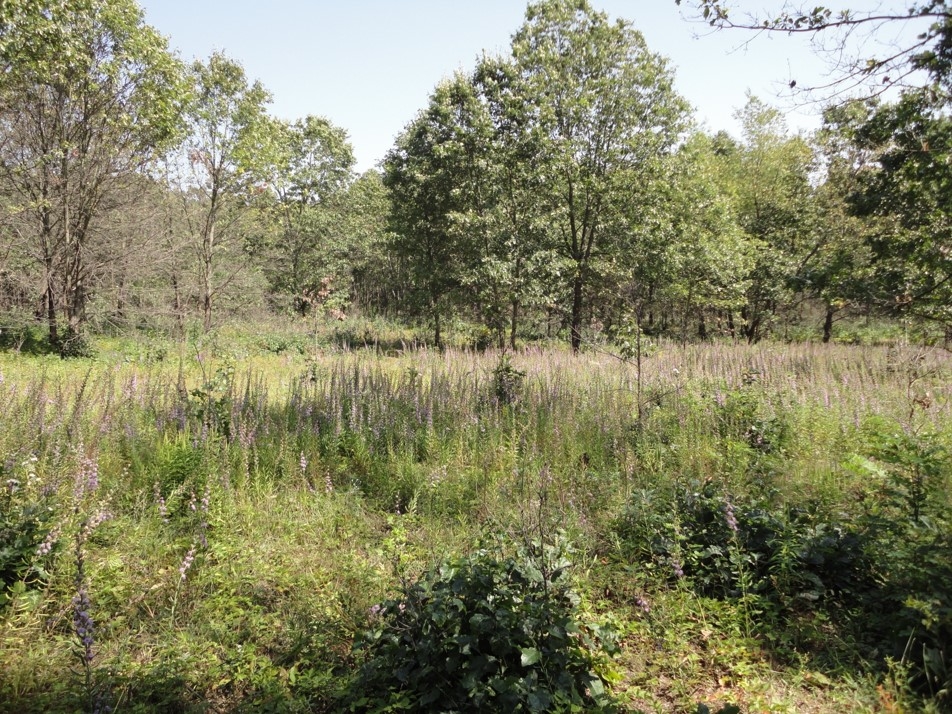Savanna Group

Savannas are fire-dependent upland systems that are characterized by a scattered overstory of oaks and sometimes conifers and a graminoid-dominated ground layer. The canopy cover is typically less than 60%. Savannas are now infrequent but were once widespread throughout Michigan on a variety of landforms including sandy outwash plains, sandy glacial lakeplains, coarse-textured end moraines, and kettle-kame topography. Savannas occur on a variety of soils, including sands, loamy sands, sandy loams, and loams, and soil moisture ranges from droughty to mesic. Natural processes that influence species composition and community structure include fire, fluctuating water levels, and drought, and for savannas occurring in northern Michigan, growing-season frosts and low-nutrient soils.
Six natural community types fall within the Savanna group including pine barrens, oak-pine barrens, oak barrens, oak openings, lakeplain oak openings, and bur oak plains. Classification of these Savanna types is based on species composition, differences in soil chemistry, moisture, and composition, hydrology, geographic distribution, and landscape setting.
Citation
Cohen, J.G., M.A. Kost, B.S. Slaughter, D.A. Albert, J.M. Lincoln, A.P. Kortenhoven, C.M. Wilton, H.D. Enander, and K.M. Korroch. 2020. Michigan Natural Community Classification [web application]. Michigan Natural Features Inventory, Michigan State University Extension, Lansing, Michigan. Available https://mnfi.anr.msu.edu/communities/classification. (Accessed: December 15, 2025).

